
The equivalent of a Tour de France stage a day! Kilian Jornet announces plans to run, hike, climb and bike 67 American 14ers this fall
The Spanish ultra running legend plans to set off from Longs Peak in September


All the latest inspiration, tips and guides to help you plan your next Advnture!

By Rosee Woodland last updated
Riverbeds, rocks, rapids, reefs, rudders... the best water shoes to protect your feet from blue-space hazards

By Matthew Jones last updated
Our selection of the best 2-person tents are highly portable and give reliable shelter for your backcountry expeditions
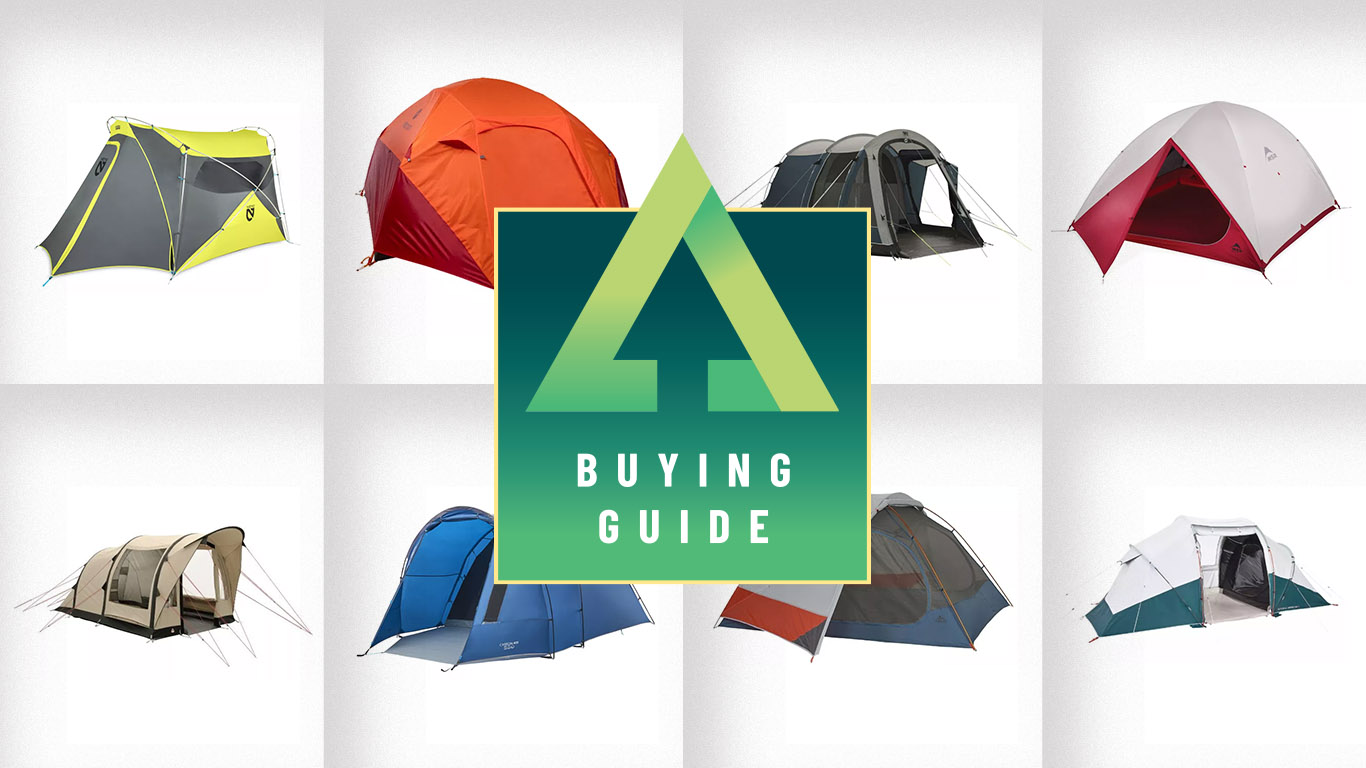
By Louis Dzierzak last updated
We've selected the best 4-person tents for camping with friends and family, so that you can have the best time whichever tent you pick

By Will Symons published
With a sturdy, lightweight build, comfy fit, and water-resistant exterior, this Helly Hansen cap is an excellent all-rounder for hitting the trails

By Julia Clarke published
Two hikers became stranded when rising tides trapped them on a remote beach

By Julia Clarke published
Thomas Daniel Gibbs was reported missing a week ago
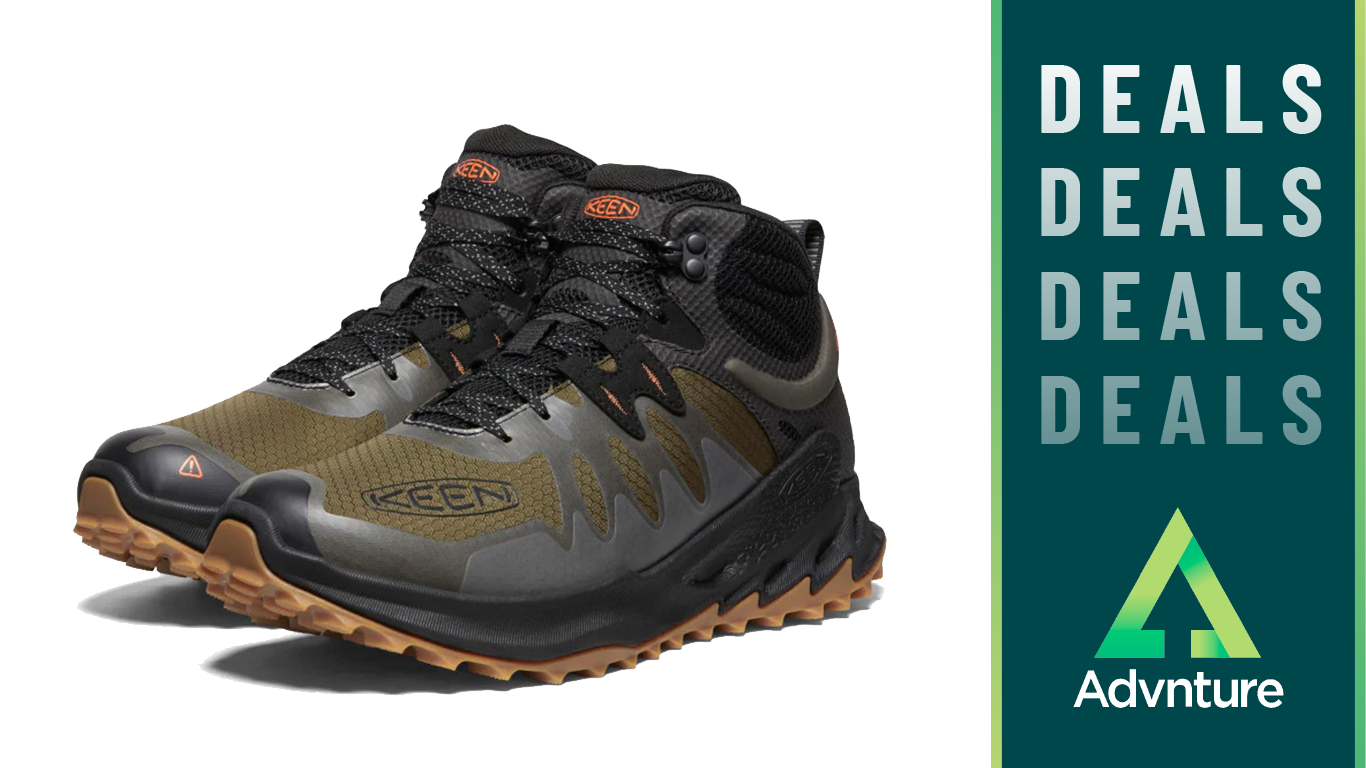
By Will Symons published
Deals The Keen Zionic hiking boots boast plenty of cushioning and excellent protection from the elements, so you can stay dry and hike in comfort

By Will Symons published
With a sturdy, lightweight build, comfy fit, and water-resistant exterior, this Helly Hansen cap is an excellent all-rounder for hitting the trails

By Will Symons published
Thawing ice on Cima Falkner has caused rockfalls on the mountain, leading authorities to close dozens of now unsafe trails
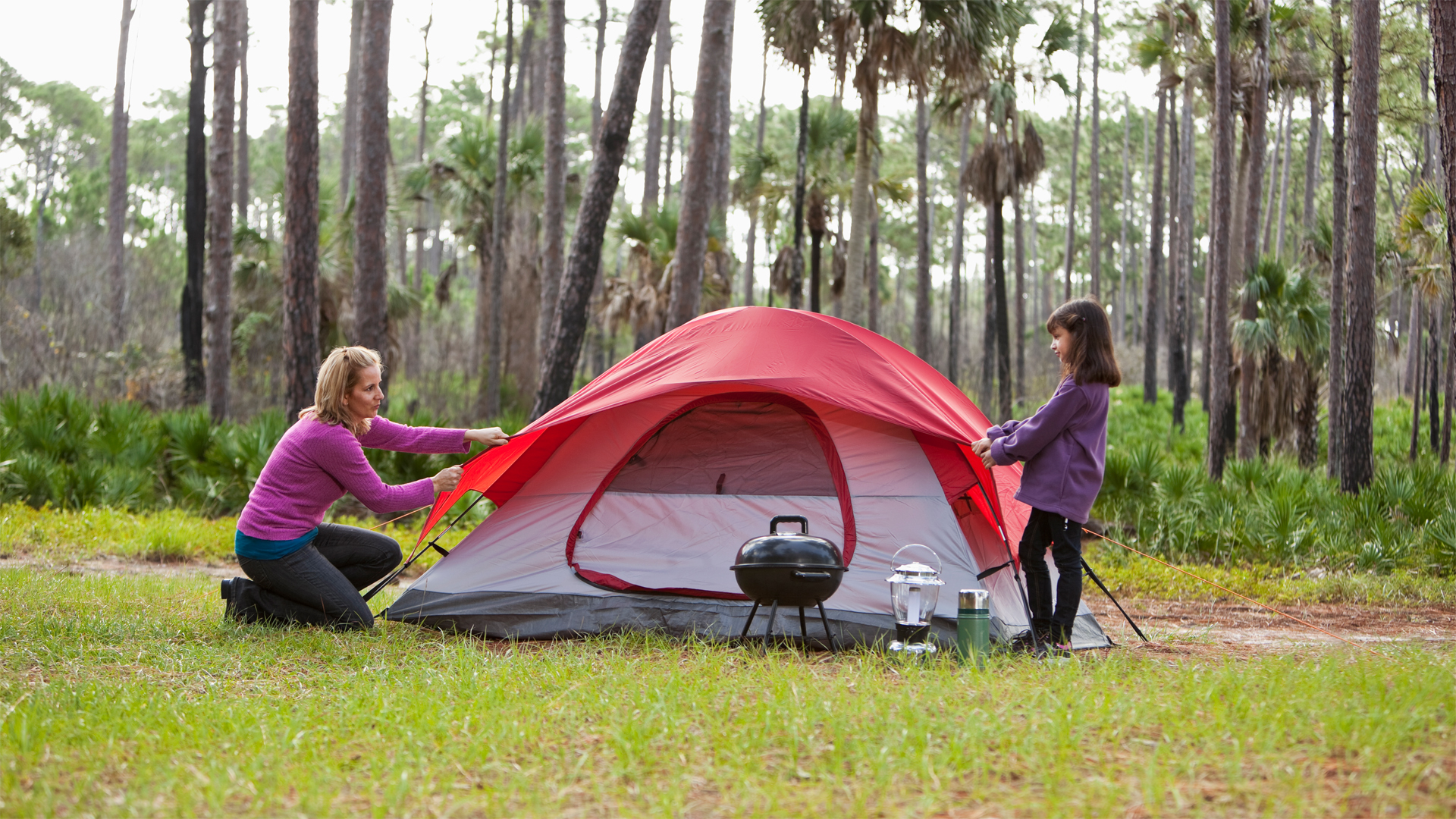
By Jen and Sim Benson, Alex Foxfield last updated
Your backcountry adventure will be way more enjoyable if you master the basics of pitching a tent before setting out. Here are our expert tips

By Matthew Jones last updated
Our selection of the best 2-person tents are highly portable and give reliable shelter for your backcountry expeditions

By Julia Clarke published
Deals The fire pit built for the backyard and beyond just got a whole lot cheaper

By Pat Kinsella published
How do you improve what many people view as the perfect tent? I went camping in the wilds of the Wicklow Mountains with a pre-release sample of the Hubba Hubba LT2 to find out
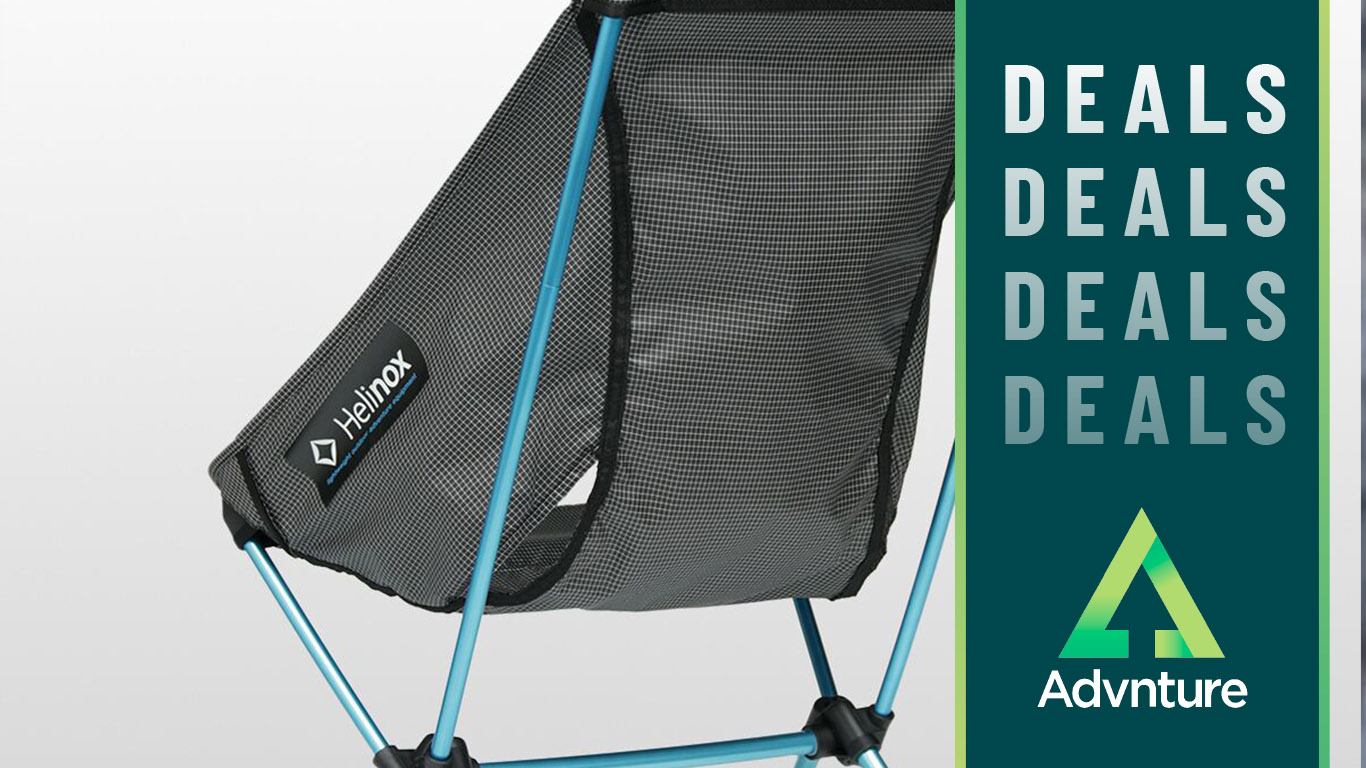
By Julia Clarke last updated
Deals Grab this lightweight camping chair in regular and high back models at a nice discount right now

By Julia Clarke published
Xiang checks in from nearly 25,000ft above sea level
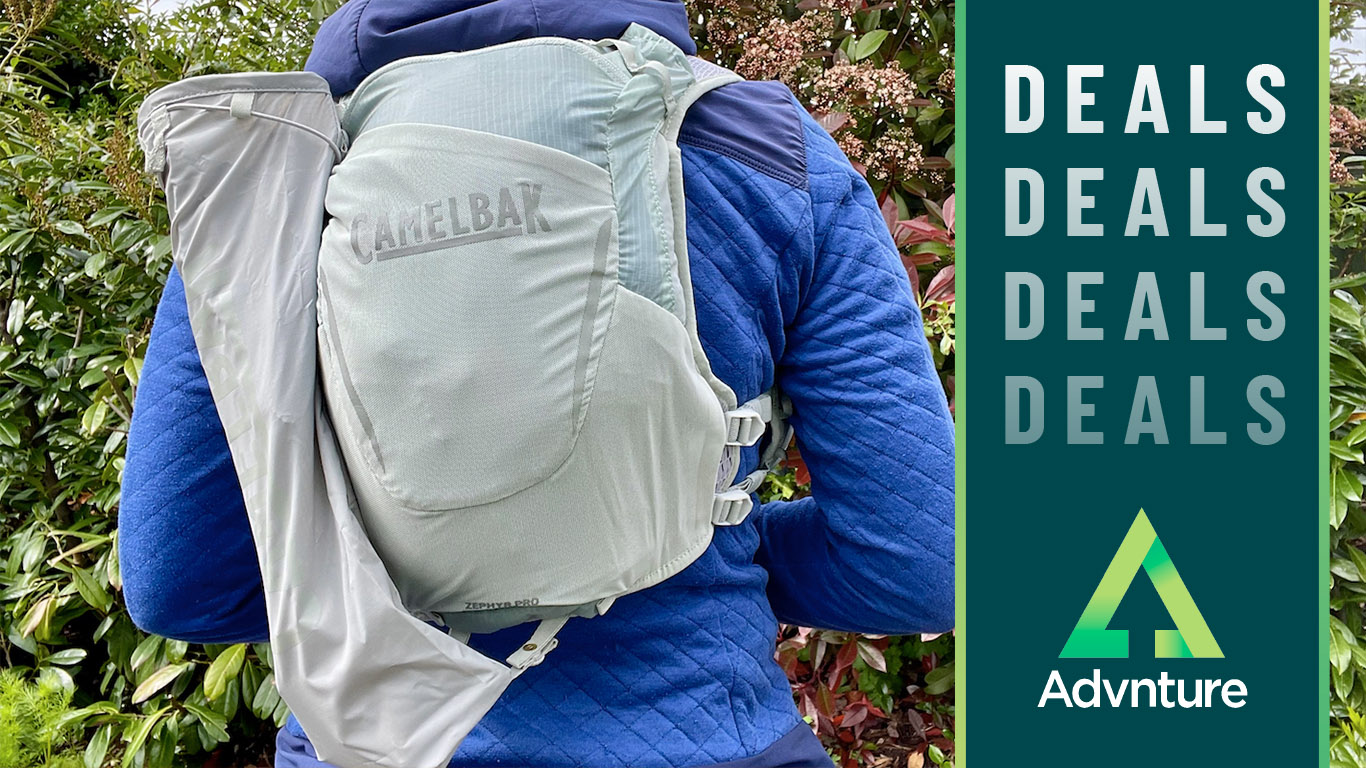
By Julia Clarke published
Deals A wonderfully designed one-size-fits-all running pack with pole quiver and soft bottles for under $80? Yes please

By Will Symons published
With a sturdy, lightweight build, comfy fit, and water-resistant exterior, this Helly Hansen cap is an excellent all-rounder for hitting the trails
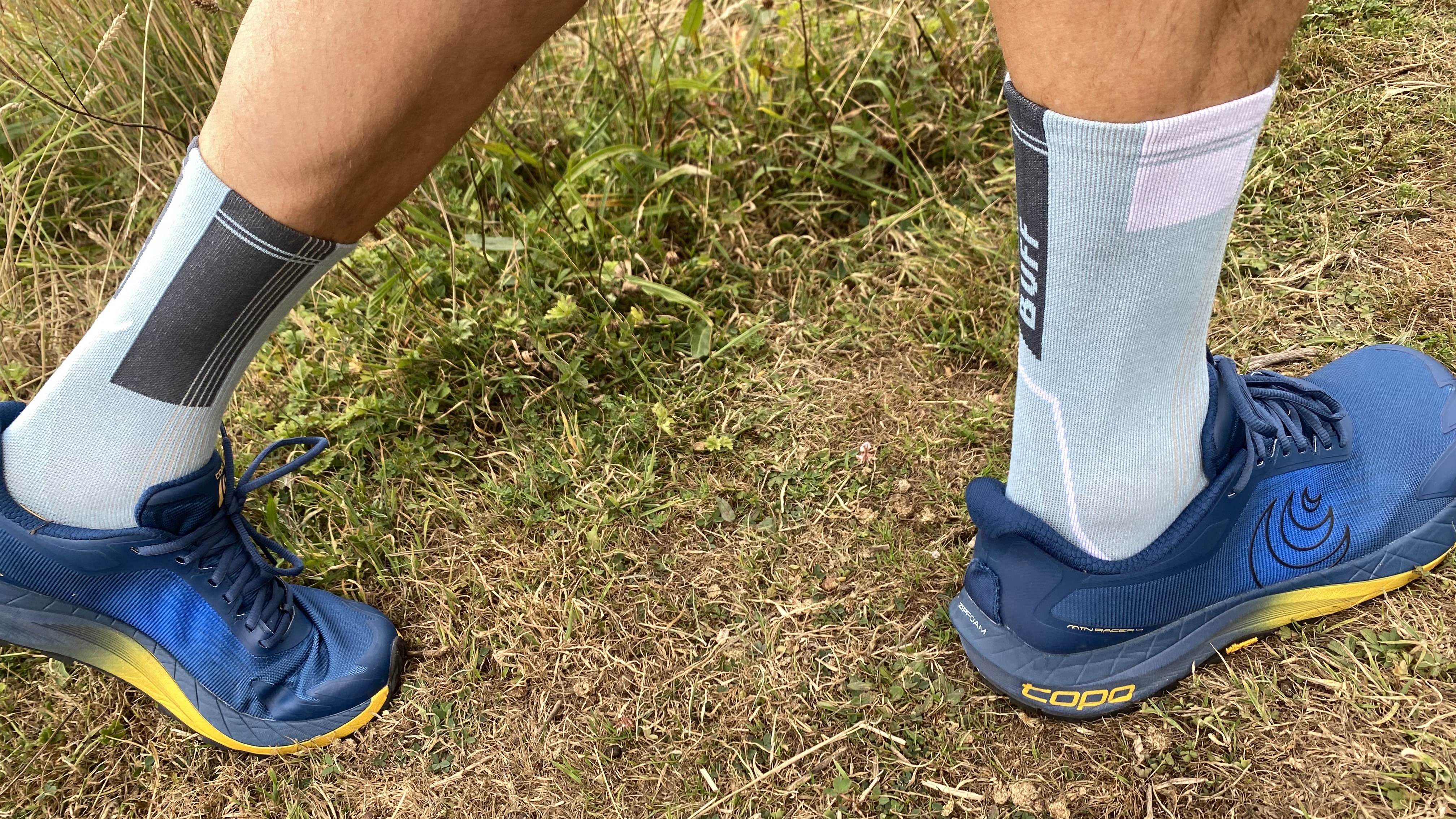
By Pat Kinsella published
A new player in the sock drawer, Buff have hit the ground running with the innovative CoolNet Crews

By Julia Clarke published
The wall is part of a £7 million development at the edge of the Cotswolds

By Julia Clarke published
Xiang checks in from nearly 25,000ft above sea level

By Will Symons published
The new Nations Grand Finale competition will pit the world's top six climbing nations against each other over four days in Fukuoka, Japan

By Alex Foxfield published
After 17 years, we look back at the 2008 K2 disaster, one of the deadliest tragedies in modern mountaineering, which saw 11 climbers killed

By Will Symons published
Laura Dahlmeier, who had won two Olympic biathlon golds, had climbed to around 18,700ft on the daunting Laila Peak in Pakistan

By Julia Clarke last updated
The start list for the UTMB finals in August has been released, and as usual, it's a veritable Who's Who of ultra running – but there are some notable runners missing

By Julia Clarke published
Two hikers became stranded when rising tides trapped them on a remote beach
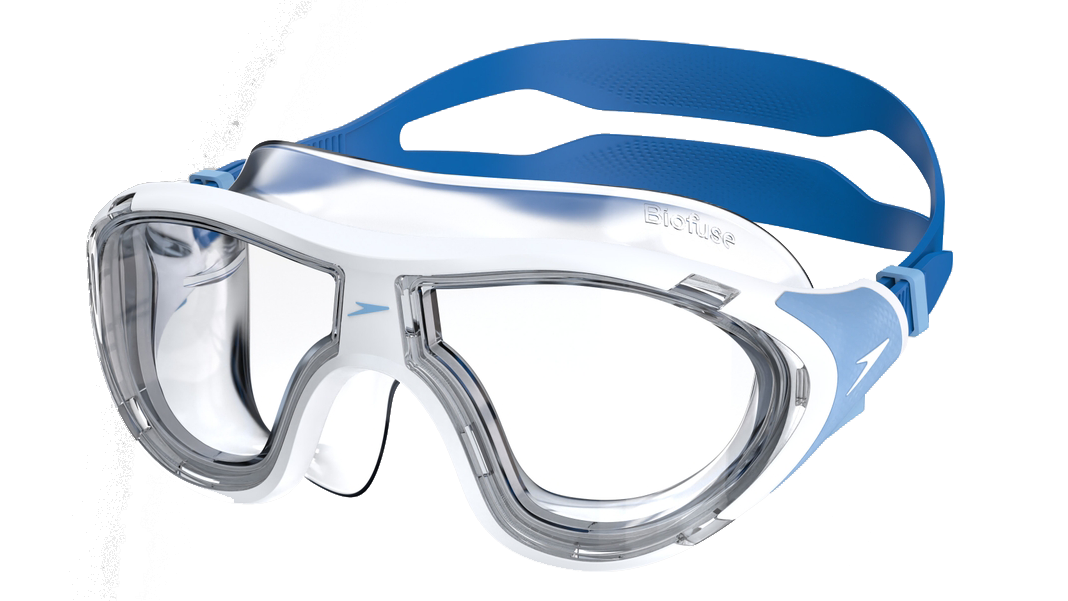
By Will Symons published
New additions to the Speedo Open Water Swim range are designed for open water swimmers who want to move in comfort

By Julia Clarke published
Audun Grønvold represented Norway at the 2010 Winter Olympics

By Will Symons published
Special Agent Kyle Turner and rookie ranger Naya Vasquez are set to return to our screens for an action-packed second season

By Will Symons last updated
How to watch The world's best lead climbers are on their way to Madrid, Spain - here's how to catch the action wherever you are
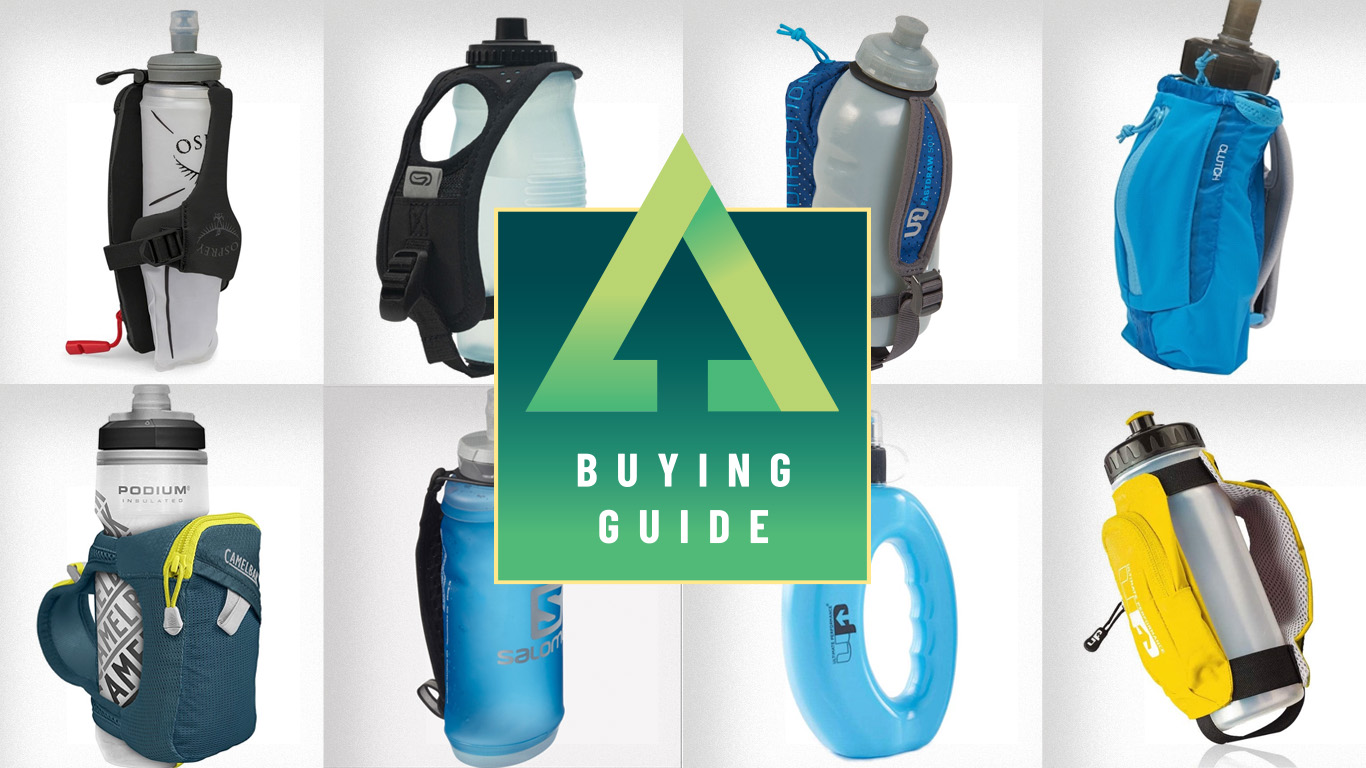
By Claire Maxted last updated
Our selection of the best water bottles for running available right now will help you select the best one to stay hydrated

By Alex Foxfield published
The thriller series stars Eric Bana as a special agent for the National Parks Service, and Sam Neill as his boss

By Rosee Woodland, Richard Edwards last updated
As the new season heats up in South Africa’s Great Karoo region, you can catch all the action with this amazing offer from NordVPN